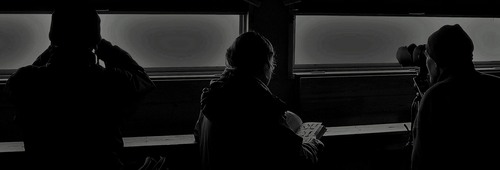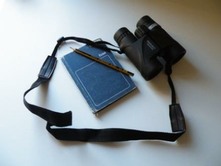

Biodiversity
Action
Plan


What? A record needs either the scientific name and/or common name of the species identified. If you are not sure then do not guess; you can give a generic name like ‘oak’ if you do not know the actual species.
|
Scientific name |
Common name |
Location |
Grid ref |
Date preferred] |
Observer |
Identifier |
Comment |
|
Passer domesticus |
House Sparrow |
Penistone |
SE 247033 |
18/06/2013 |
Rick Korda |
|
Pair nesting in eaves of house. |
|
Bellis perennis |
Daisy |
Penistone rec ground |
SE 243032 |
18/06/2013 |
Rick Korda |
|
In flower. Frequent in amenity grassland where grass not mown |
|
Dendrocopos major |
Great spotted woodpecker |
Barnsley Locke Park |
SE 3405 |
25/12/2017 |
Sue Denim |
Ann Other |
Male moving from tree to tree in top corner of park near tower |
|
Quercus sp. |
Oak |
Silkstone Fall Woods |
SE 2905 |
08/2015 |
Sue Denim |
|
Common. Scattered throughout deciduous woodland north of A628 |
What? The name of the species
Where? The place where the species was seen or found.
When? The date of the observation
Who? The name of the observer / person identifying the species
This table is available as a downloadable spreadsheet in excel for entering your records.
Online images or ispotnature can help identify species.
The ordnance survey has a guide to grid references
You can look up a grid reference using online maps or postcodes:
OS Locate or Grid Reference apps on smart phones are useful
iRecord is an online recording system that is worth looking at.
Remember not to disturb or harm the birds, animals or plants you find. In many cases this is against the law.
A table is also downloadable in word for entering your records: table in word.
Where? Use a name for the place that can be recognised by looking at a map and better still use a map grid reference; a 100 metre square – six-figure – grid reference helps produce more detailed records but a four-figure reference (1 km square) is still useful.
When? The date of the sighting (approx. date if actual date not known)
Who? The name of the observer is also required. If someone else identified the species then this can be added.
Optional comment: The numbers of the species seen, its distribution across the site, the type of habitat the species was seen in, behaviour such as feeding, nesting, etc and the methods used for recording, may also be added as a comment.
Records are often set out in a table or spreadsheet like this:
How to record wildlife sightings